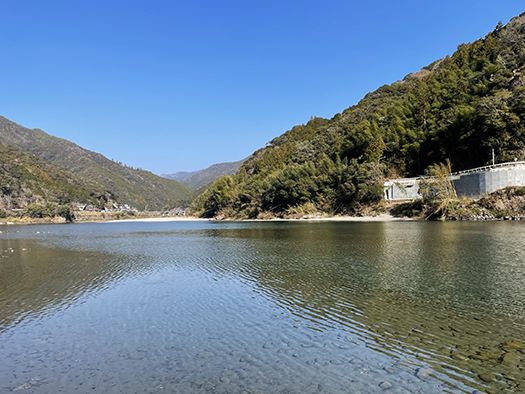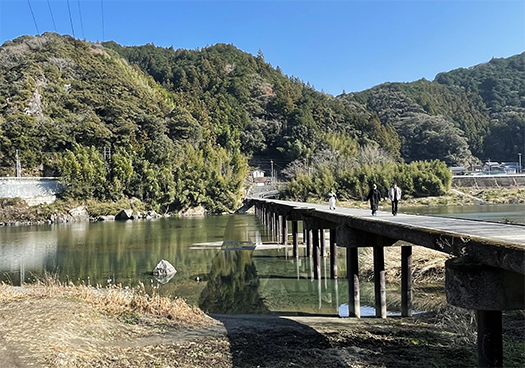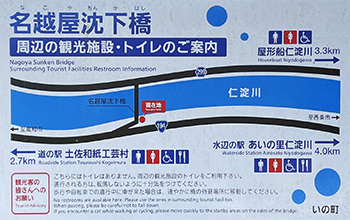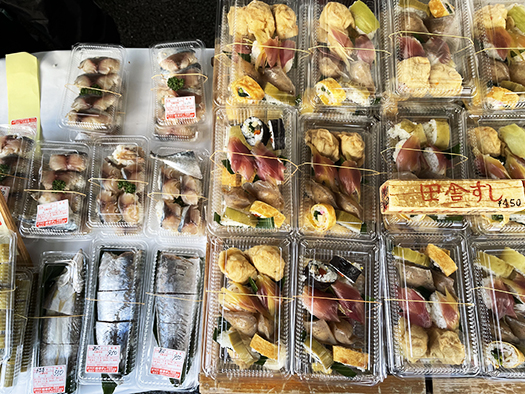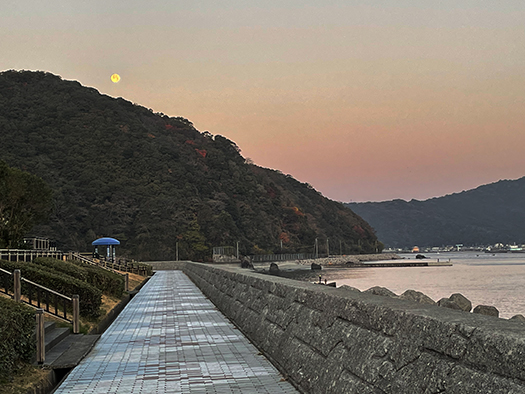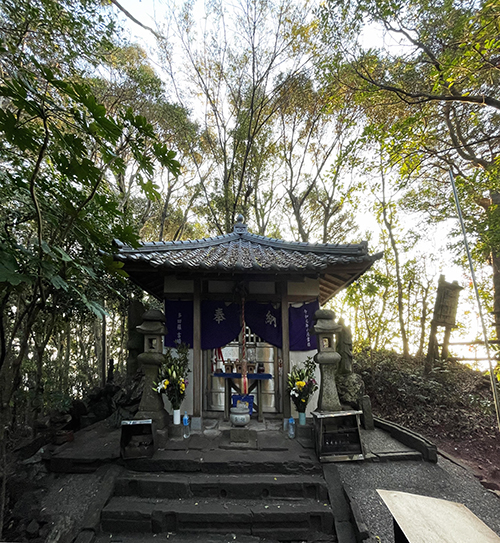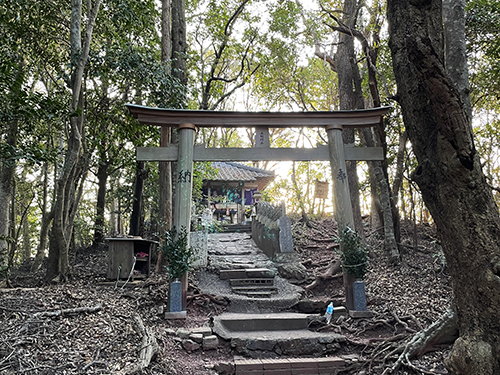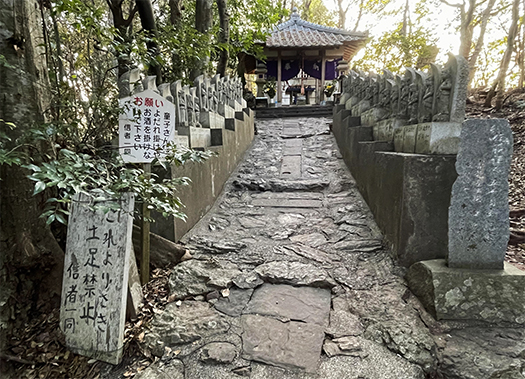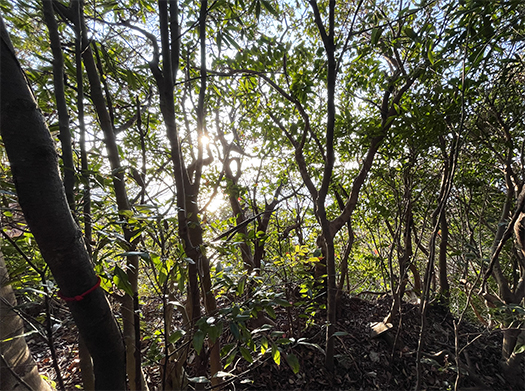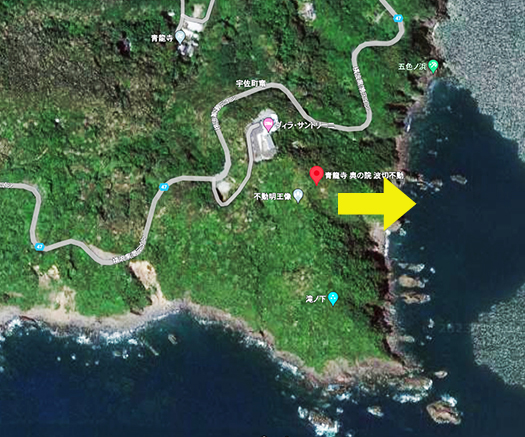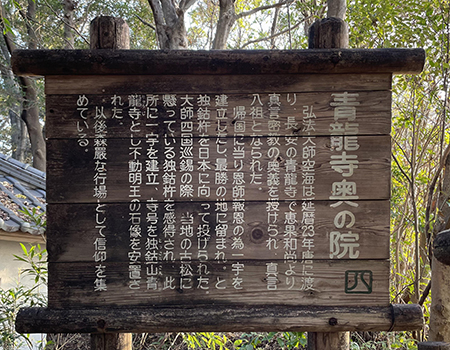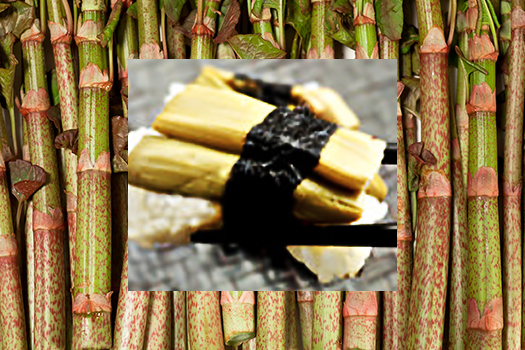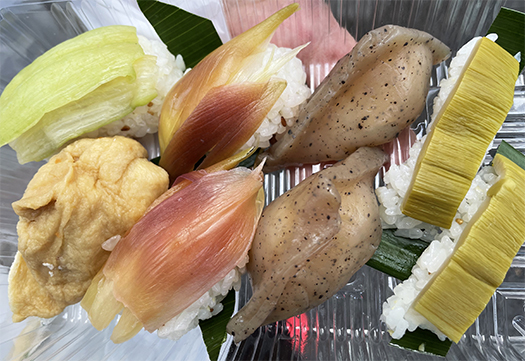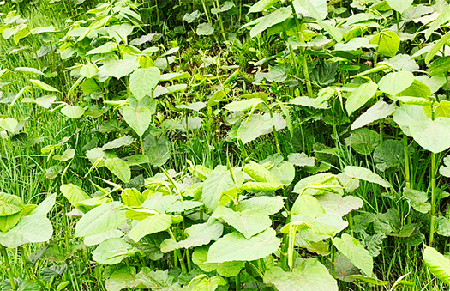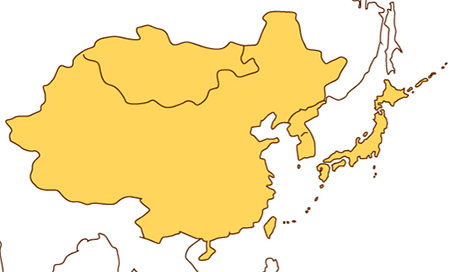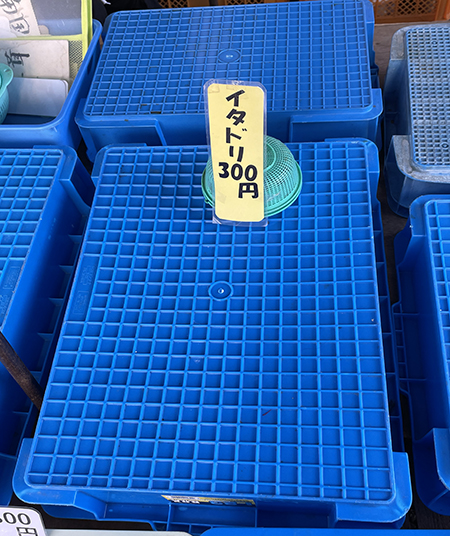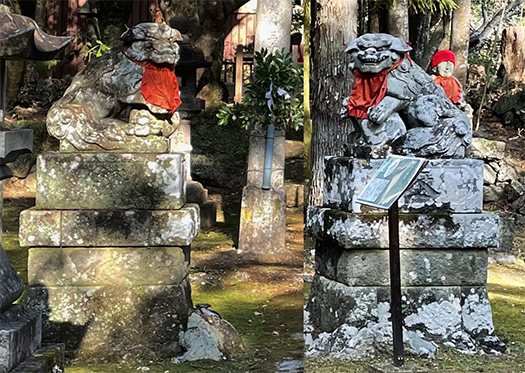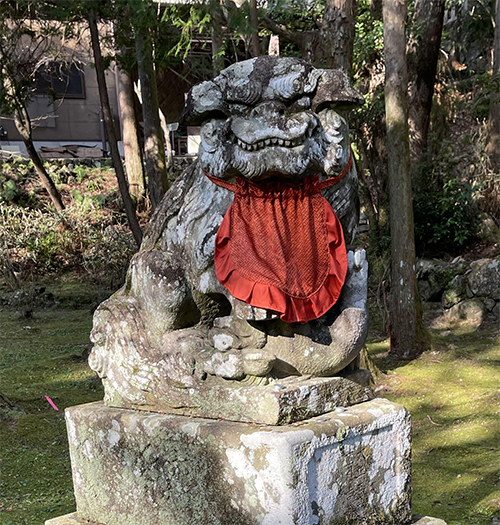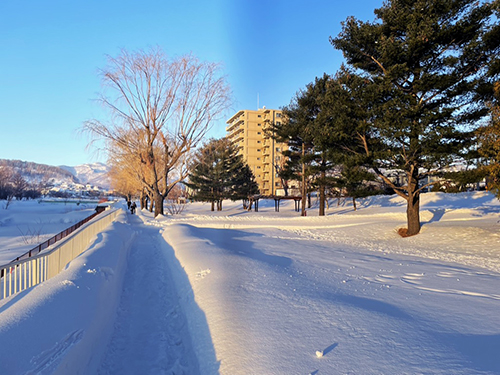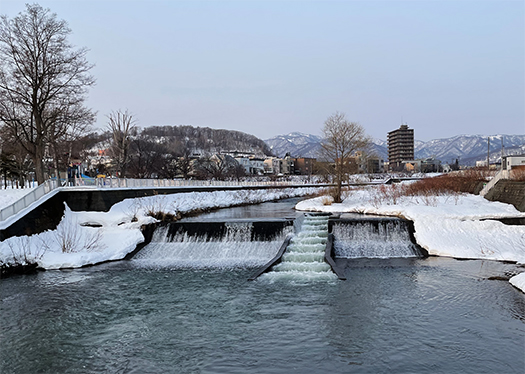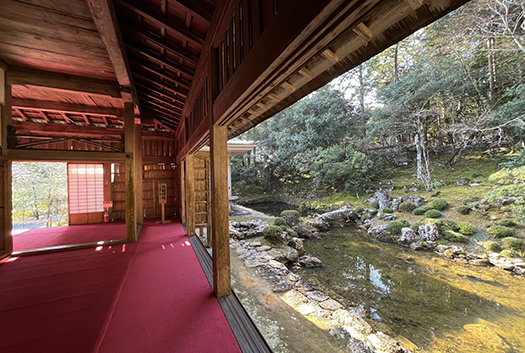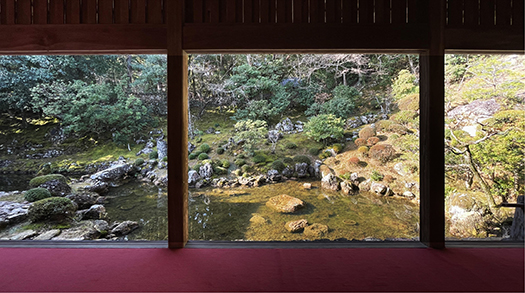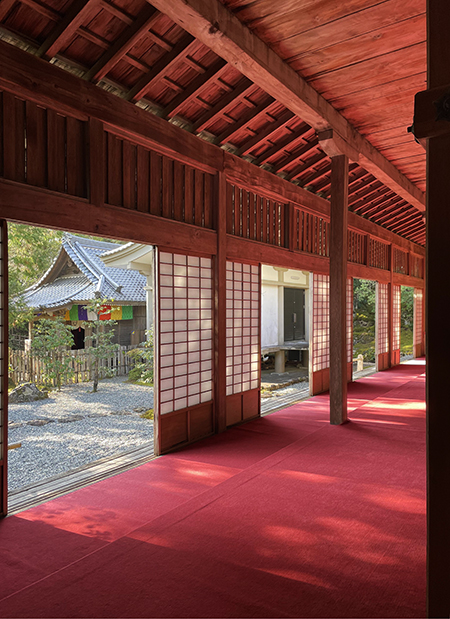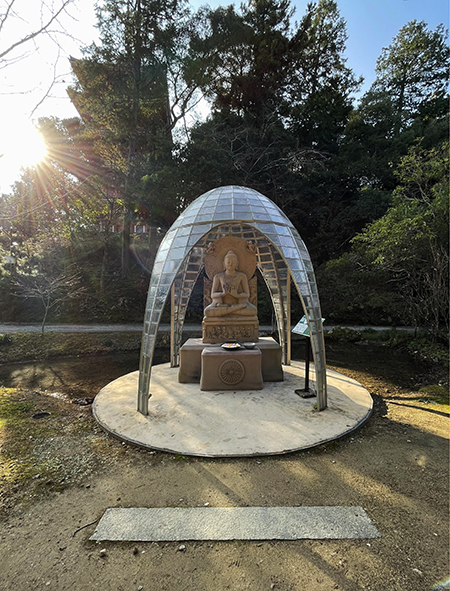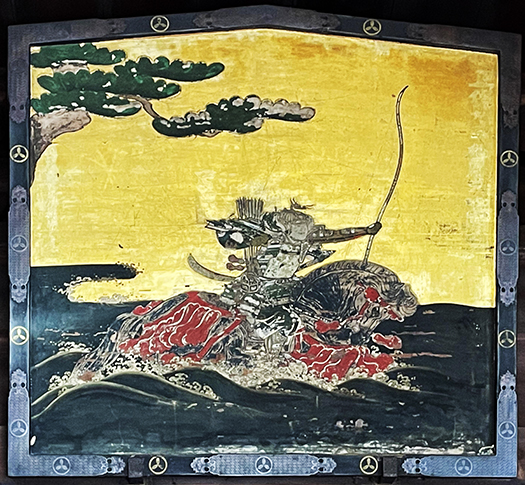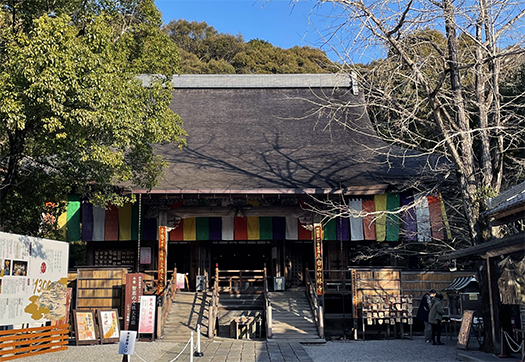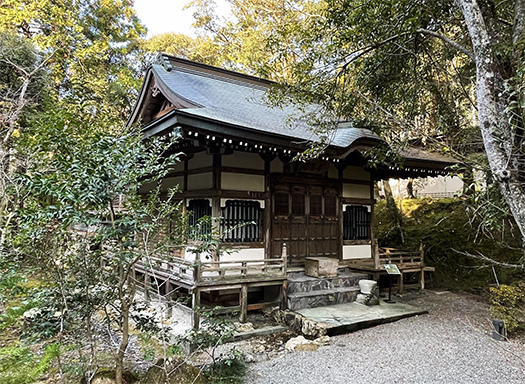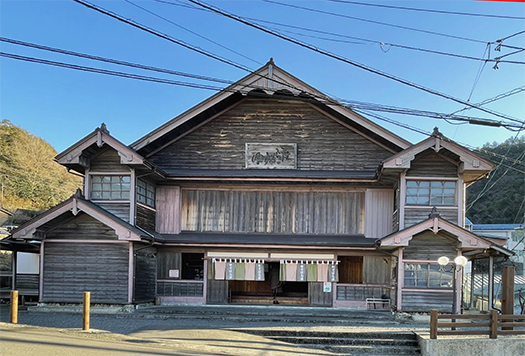
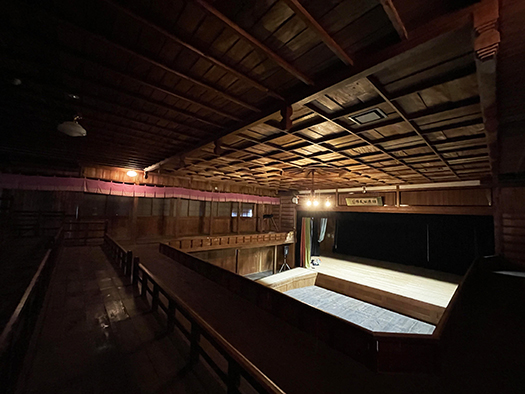
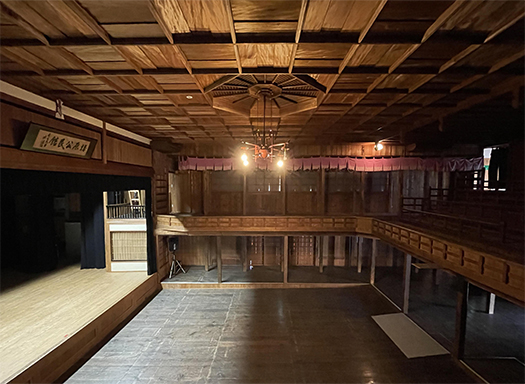
さて四国シリーズ、今回から建築家・隈研吾建築との出会い編であります。今回の四国旅では淡路での安藤忠雄建築、そして高知での竹林寺の堀部安嗣氏の建築を巡って、四国の山岳地域の梼原(ゆすはら)での多数の隈研吾建築群というように探訪したのです。
なかでも隈さんの建築が6つも集中的に建築されていて梼原のアイデンティティにまで昇華しているという。その様子を取材したいという動機にかられてもいた。
隈研吾建築については、これまでもいろいろ遭遇し記事にも取り上げてきています。わたしとしては北海道の十勝に建てられた「メーム」がいちばん印象に残っております。このブログの2012年6月15日と16日版で詳報しています。http://kochihen.replan.ne.jp/blog2/?p=6910 http://kochihen.replan.ne.jp/blog2/?p=6900 。ぜひごらんください。
アイヌチセにインスピレーションを受けて、化学的な建築外皮によってアイヌ語で湧水池を意味する「メム」と対比させながら風景としての建築を作っていた。

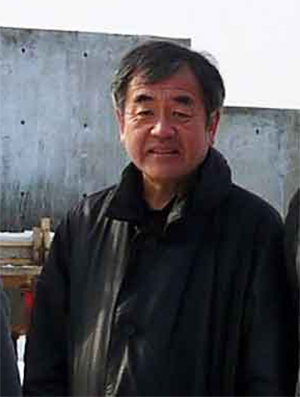
一方で、隈研吾といえば木を生命感に満ちた表情でデザインする手法が特徴的。そういう建築家としての原点として、この四国高知の山岳地・檮原の公民館舞台建築「ゆすはら座」とのかかわりを自ら語っている。以下、四国電力広報誌『ライト&ライフ』から要旨抜粋。氏はこの建物の保存運動に取り組んでいた地元建築家から強く誘われたという。
〜初めて梼原町を訪ねたとき、長いトンネルを抜けるとパッと別世界が現れたという不思議な感覚を抱きました。当時の私は「今後、自分はどんな建物を造ったらよいのか」と悩んでいました。それを払拭してくれたのが「ゆすはら座」。地域の人たちの建物への愛情と木造建築の素晴らしさを肌で感じ、自分がやるべきことの答えを見つけることができました。そして、足しげく梼原町へと通ううちに、当時の町長さんが「公衆トイレを設計してみますか」と声をかけてくれました。施主や職人さんと話し合いながら進めたその仕事が実に楽しくて、それが「雲の上のホテル」に結びついたのです。この町は私を初心に還らせてくれた場所であり、仕事で迷いが生じたときにはここで感じたこと、得た知恵を判断基準にしてきました。後に私は梼原町を「物差しのような場所」と呼ぶようになったのはそんな経緯があるからです。〜
上の写真3枚は、その「ゆすはら座」の様子。そういった経緯から少し集中的に「まちと建築家」との関わりとしてブログシリーズで掘り下げてみたいと思います。
English version⬇
Kengo Kuma’s Relationship with Yusuhara, Shikoku’s “City Above the Clouds”-1
Kengo Kuma’s buildings have been sublimated into the city’s identity. This is a record of an exploration of Yusuhara’s “Yusuhara-za,” which Kuma himself describes as his “starting point. Yusuhara
This is the Shikoku series, starting with an encounter with the architecture of architect Kengo Kuma. On this trip to Shikoku, I visited the architecture of Tadao Ando in Awaji, the Chikurinji temple in Kochi, and the many Kengo Kuma buildings in Yusuhara, a mountainous region of Shikoku.
Among them, six of Kuma’s buildings are concentrated in Yusuhara, and they have been sublimated into the identity of Yusuhara. I was also motivated to cover the situation.
I have encountered and written about Kengo Kuma’s architecture in a number of articles. For me, “Meme,” built in Tokachi, Hokkaido, left the strongest impression. I reported on it in detail in the June 15 and 16, 2012 editions of this blog.http://kochihen.replan.ne.jp/blog2/?p=6910 http://kochihen.replan.ne.jp/blog2/?p=6900 Please take a look.
Inspired by the Ainu chise, he created architecture as landscape, contrasting it with “mem,” the Ainu word for a spring-fed pond, by means of a chemical building envelope.
On the other hand, Kengo Kuma is known for his characteristic method of designing wood with a life-like expression. As the starting point of his work as an architect, Kuma himself talks about his involvement with the Yusuharaza community center stage building in Yusuhara, a mountainous area in Kochi, Shikoku. The following is an excerpt from “Light & Life,” a public relations magazine of Shikoku Electric Power Co. Mr. Yusuhara was strongly invited by a local architect who was working on a campaign for the preservation of this building.
〜When I visited Yusuhara for the first time, I had the strange sensation that I had exited a long tunnel and was suddenly in a different world. At the time, I was wondering, “What kind of buildings should I build in the future? Yusuhara-za” was the place that dispelled my doubts. I experienced firsthand the local people’s love for their buildings and the beauty of wooden architecture, and I was able to find the answer to what I needed to do. Then, as I frequently visited Yusuhara, the mayor of the town at the time asked me if I would like to design a public restroom. I really enjoyed working with the client and the craftsmen as we discussed the project, and that led to the “Hotel Above the Clouds” project. Whenever I had any doubts about my work, I used what I felt and the wisdom I gained here as the basis for my decisions. This is why I later came to call Yusuhara “a place like a yardstick. ~.
The three photos above are of the “Yusuhara-za. I would like to delve a little more intensively into this background in a blog series as a relationship between the town and architects.
Posted on 3月 24th, 2023 by 三木 奎吾
Filed under: 住宅マーケティング, 日本社会・文化研究 | No Comments »



